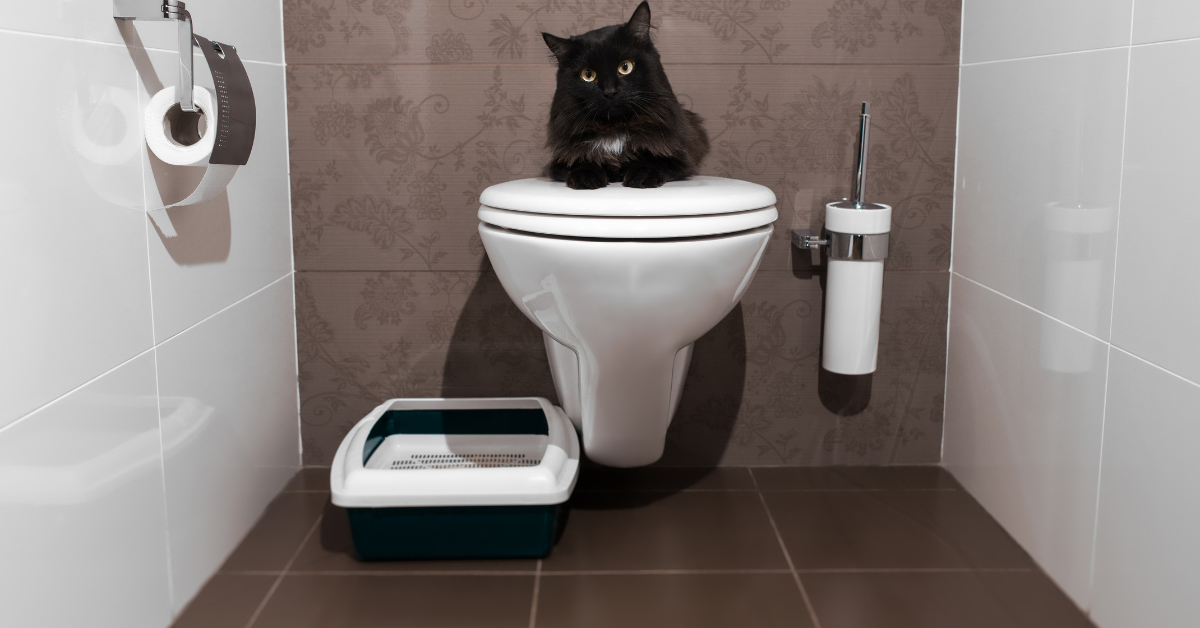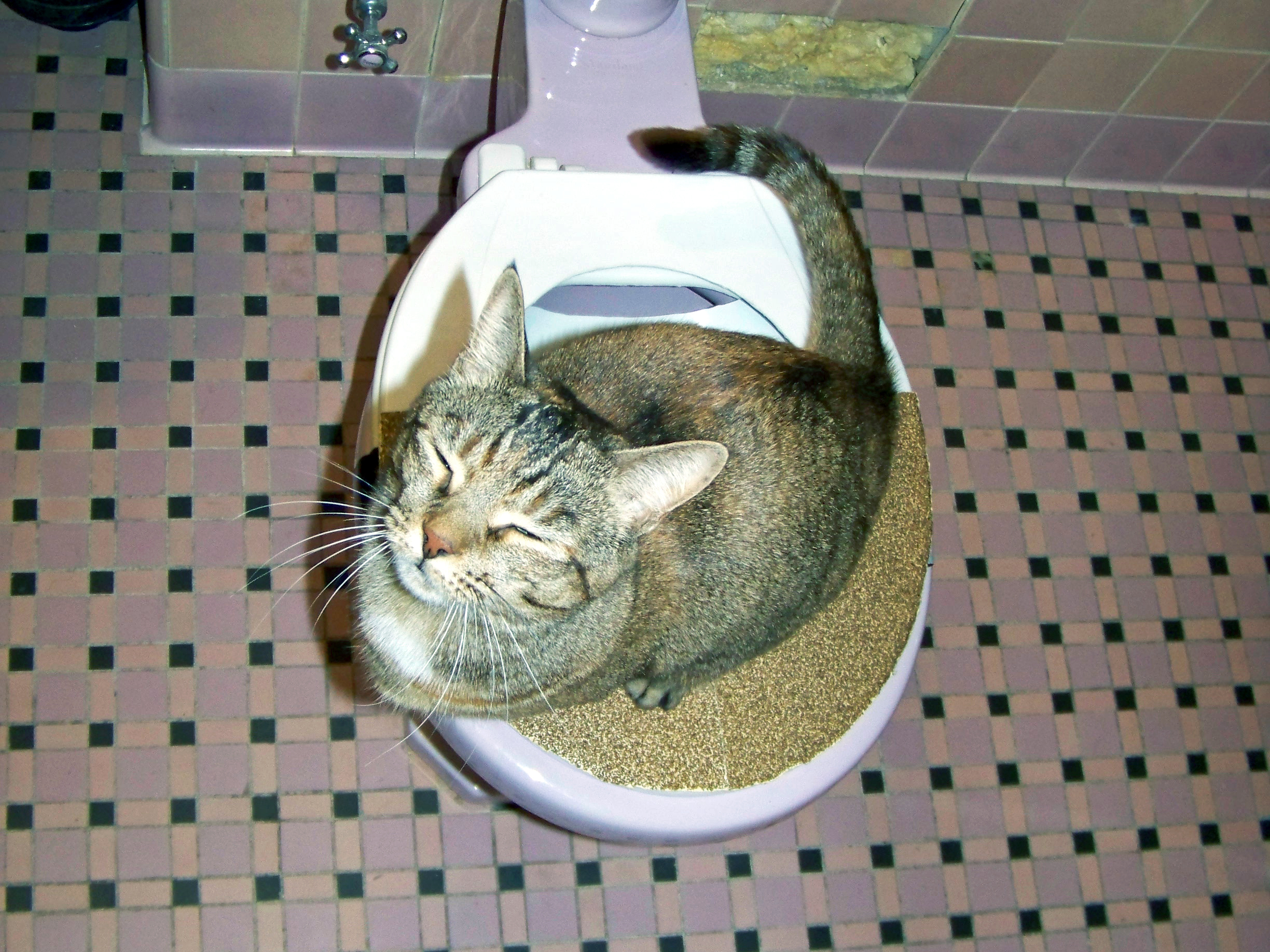The Results of Flushing Animal Waste Down the Toilet
The Results of Flushing Animal Waste Down the Toilet
Blog Article
What're your opinions on 4 Reasons Why Dog Poop Cleanup is Important?

When it concerns getting rid of waste, especially animal waste, many individuals usually resort to the hassle-free option of flushing it down the commode. However, this apparently easy service can have serious repercussions for the setting and public health. In this write-up, we'll explore why flushing animal waste down the commode is a negative concept and supply alternate approaches for appropriate disposal.
Introduction
Appropriate waste disposal is essential for preserving environmental sustainability and public health. While it might appear harmless to purge animal waste down the commode, it can lead to various concerns, both for the setting and human health.
Dangers of flushing animal waste
Ecological effect
Purging animal waste presents unsafe germs and virus right into rivers, which can adversely affect marine ecological communities. These virus can infect water resources and harm marine life, interfering with fragile communities.
Public health issues
Pet waste has damaging germs such as E. coli and Salmonella, which can pose major health and wellness risks to human beings. Purging animal waste down the bathroom can contaminate water products, leading to the spread of conditions and infections.
Alternatives to flushing
Rather than purging animal waste down the commode, there are a number of alternative disposal approaches that are much more eco-friendly and hygienic.
Composting
Composting animal waste is an environment-friendly method to throw away it. By composting, organic matter is broken down into nutrient-rich dirt, which can be used to fertilize yards and plants.
Landfill disposal
Dealing with animal waste in a garbage dump is one more choice. While not as eco-friendly as composting, it is a more secure option to flushing, as it prevents the contamination of water resources.
Pet dog waste disposal systems
There are specialized animal garbage disposal systems available that securely and hygienically get rid of pet waste. These systems typically use enzymes to break down waste and remove odors.
Actions to proper animal garbage disposal
To ensure proper disposal of pet waste, follow these actions:
Scooping and landing waste
Regularly scoop and bag pet waste making use of naturally degradable bags. This avoids waste from infecting the atmosphere.
Utilizing designated waste containers
Dispose of bagged animal waste in designated waste bins, such as garden compost containers or land fill containers. Prevent flushing it down the bathroom in any way expenses.
Cleaning up can and pet dog locations on a regular basis
Routinely tidy can and family pet areas to stop the accumulation of waste and bacteria. Use pet-safe cleansing products to keep hygiene.
Benefits of appropriate disposal methods
Embracing correct disposal techniques for pet waste supplies several benefits:
Reduced environmental pollution
Proper disposal techniques reduce the risk of environmental pollution, securing rivers and communities from contamination
Decreased risk of water contamination.
By avoiding flushing pet waste down the commode, the threat of water contamination is considerably minimized, guarding public health.
Boosted cleanliness and health
Correct disposal techniques promote far better cleanliness and health, creating a more secure atmosphere for both human beings and pets.
Conclusion
Finally, purging pet waste down the bathroom is harmful to the setting and public health. By taking on alternative disposal approaches and adhering to appropriate waste monitoring techniques, we can lessen the adverse influence of animal waste and contribute to a cleaner, healthier earth.
What To Do With Dog Poo – The Do's And Don'ts Of Disposing Of Faeces
Dog poo bins
Some councils provide dedicated dog waste bins in popular dog-walking areas that can take dog poo that has been bagged but you can legally dispose of dog waste in any public litter bin, as long as it is securely bagged. This also applies to your wheelie bin at home.
Do not flush
Water companies do not recommend flushing dog faeces down the toilet because certain parasites can survive the water processing treatment and are potentially harmful to humans. You should also never consider flushing dog poo that has been bagged down the toilet as the bags will not break down and instead create severe blockages in the sewage system.
In the woods
The Forestry Commission promotes a ‘stick and flick’ method for dealing with waste in the woods. This means finding a stick and using it to flick any poo from off the path so that it is out of the way of other walkers. You could also bury it as long as it is not in an area where there might be livestock.
Livestock
Parasites found in dog poo can be transmitted to livestock if they inadvertently eat infected faeces that has been left on grazing land. This could result in the death of sheep or abortion in cattle so you should always make sure you pick up your dog’s waste in fields where livestock could be present.

Routinely tidy can and family pet areas to stop the accumulation of waste and bacteria. Use pet-safe cleansing products to keep hygiene.
Benefits of appropriate disposal methods
Embracing correct disposal techniques for pet waste supplies several benefits:
Reduced environmental pollution
Proper disposal techniques reduce the risk of environmental pollution, securing rivers and communities from contamination
Decreased risk of water contamination.
By avoiding flushing pet waste down the commode, the threat of water contamination is considerably minimized, guarding public health.
Boosted cleanliness and health
Correct disposal techniques promote far better cleanliness and health, creating a more secure atmosphere for both human beings and pets.
Conclusion
Finally, purging pet waste down the bathroom is harmful to the setting and public health. By taking on alternative disposal approaches and adhering to appropriate waste monitoring techniques, we can lessen the adverse influence of animal waste and contribute to a cleaner, healthier earth.
What To Do With Dog Poo – The Do's And Don'ts Of Disposing Of Faeces
Dog poo bins
Some councils provide dedicated dog waste bins in popular dog-walking areas that can take dog poo that has been bagged but you can legally dispose of dog waste in any public litter bin, as long as it is securely bagged. This also applies to your wheelie bin at home.
Do not flush
Water companies do not recommend flushing dog faeces down the toilet because certain parasites can survive the water processing treatment and are potentially harmful to humans. You should also never consider flushing dog poo that has been bagged down the toilet as the bags will not break down and instead create severe blockages in the sewage system.
In the woods
The Forestry Commission promotes a ‘stick and flick’ method for dealing with waste in the woods. This means finding a stick and using it to flick any poo from off the path so that it is out of the way of other walkers. You could also bury it as long as it is not in an area where there might be livestock.
Livestock
Parasites found in dog poo can be transmitted to livestock if they inadvertently eat infected faeces that has been left on grazing land. This could result in the death of sheep or abortion in cattle so you should always make sure you pick up your dog’s waste in fields where livestock could be present.

I came across that article on 4 Reasons Why Dog Poop Cleanup is Important when surfing the web. Sharing is nice. Who knows, you may very well be doing someone a favor. Thank you for your time. Come back soon.
Request An Estimate Report this page